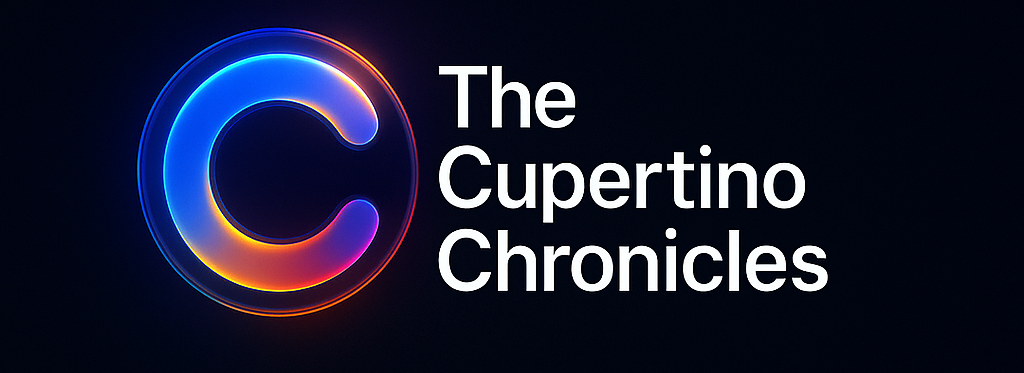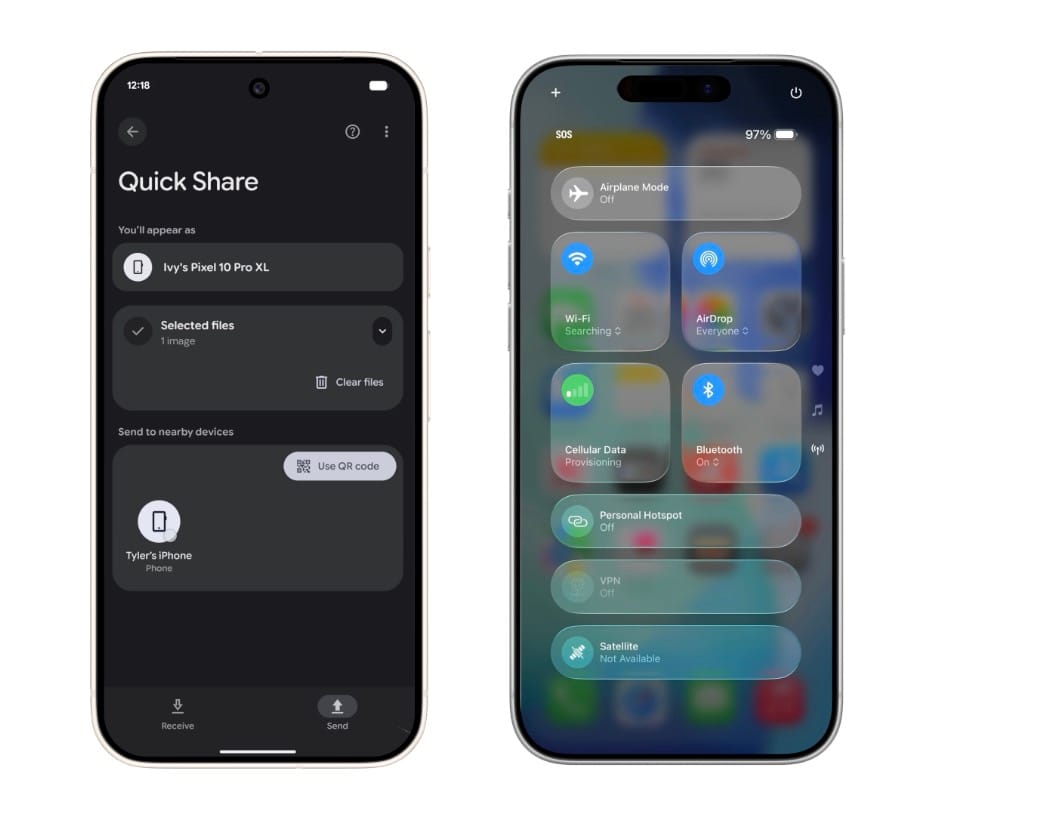The Evolution of Streaming
The landscape of entertainment has undergone a seismic shift in the past decade, transforming from a cable-dominated era to a digital streaming powerhouse. What began as a revolutionary push against traditional cable television—offering the allure of à la carte content selection, on-demand viewing, and liberation from expensive, bloated bundles—has ironically circled back to mimic many of the same issues it sought to dismantle. Pioneered by Netflix's pivot from DVD rentals to streaming in 2007, the industry exploded with the entry of major players like Hulu in 2008, Amazon Prime Video in 2011, Disney+ in 2019, and countless others, leading to a fragmented ecosystem. As discussed in our recent podcast episode, the current streaming ecosystem has become increasingly fragmented, with over 200 streaming platforms now vying for consumer attention and dollars. This proliferation has not only democratized content access but also introduced complexities, such as navigating multiple apps and managing subscriptions across devices.
This fragmentation has led to a widespread phenomenon known as "subscription fatigue," where viewers feel overwhelmed by the sheer number of services available and the escalating combined costs of maintaining multiple subscriptions. Global streaming subscribers are projected to surpass 1.1 billion in 2025, up from around 1 billion in 2023, reflecting explosive growth but also intensifying competition. Meanwhile, the global video streaming market is valued at approximately $674 billion in 2024 and is expected to reach $811 billion by the end of 2025, driven by a compound annual growth rate (CAGR) of over 20%. However, this growth comes at a cost: rising prices, exclusive content silos, and the need for consumers to juggle services have eroded the initial promise of simplicity, setting the stage for ongoing "streaming wars" where survival depends on innovation, partnerships, and user-centric strategies.
The Chaos of Digital Content: Key Statistics
The statistics paint a clear picture of this new digital content chaos, highlighting both the industry's financial might and the underlying consumer discontent. SVOD (Subscription Video on Demand) and AVOD (Advertising-based Video on Demand) services are collectively projected to generate over $165 billion globally in 2025, a significant leap from previous years, yet consumer behavior indicates deep dissatisfaction with the current model. In the U.S. alone, streaming video revenue is expected to surge 33% by 2029, reaching over $112 billion, underscoring the market's rapid expansion. Approximately 52% of U.S. TV consumers feel the pinch from rising subscription costs, fueling what's known as "serial churning"—the practice of canceling and resubscribing to services strategically to access specific content while minimizing expenses. Churn rates remain a critical pain point, with Netflix boasting a low 2-3% monthly churn compared to the industry average of 4-6%, which can severely impact profitability.
Meanwhile, the major players in the industry are locked in an escalating content arms race, collectively spending an astounding $248 billion on content creation this year alone, as platforms pour resources into originals and exclusives to differentiate themselves. This massive expenditure is further complicated by the 15-30% platform tax that companies like Apple and Google collect when subscriptions are processed through their app stores, squeezing margins and forcing services to hike prices or introduce ad tiers. Advertising is poised to play a larger role, expected to account for about 28% of global streaming revenues by 2028, up from 20% in 2023, as AVOD models gain traction amid economic pressures. Netflix, for instance, generated $39 billion in revenue in 2024, a 15.7% increase year-over-year, but even market leaders face challenges from subscriber volatility and content saturation. These figures reveal a market in flux, where booming revenues coexist with high churn—up to 55% of consumers abandoning services due to cost—and a push toward more sustainable models.
User Experience Frustrations and the Paradox of Choice
The user experience in today's streaming environment has become surprisingly frustrating, evolving from seamless discovery to a labyrinth of options that often leaves viewers paralyzed. Viewers spend an average of 11 minutes simply deciding what to watch, but recent data suggests this can balloon to 20 minutes per session or even 24 minutes for selecting a TV show, contributing to widespread decision fatigue. Only 28% of Americans report that finding content is easy, while a staggering 91% of consumers express frustration with poor digital experiences, leading 55% to abandon purchases and 50% to switch providers entirely. The paradox of choice has become all too real—more options have led to decision paralysis rather than satisfaction, as the abundance of content overwhelms users' cognitive capacity, resulting in anxiety, dissatisfaction, and reduced enjoyment.
This consumer frustration stems from several factors: ineffective navigation, overwhelming interfaces, and algorithms that sometimes miss the mark despite their sophistication. While 75% of U.S. respondents appreciate personalized recommendations, many still find the sheer volume of choices daunting, highlighting a tension between variety and usability. Known as the "Netflix Syndrome," this issue sees users spending more time browsing than watching, with decision overload leading to mental exhaustion and lower engagement. In fact, 52% of streaming consumers cite user experience (UX) as a determining factor in whether they continue using a service, emphasizing the need for intuitive designs that prioritize relevance over quantity. This dissatisfaction has prompted the industry to return to bundling strategies, effectively recreating the cable model with a digital facade, as platforms seek to streamline access and reduce the cognitive load on users.
The Return to Bundling: Strategies and Predictions
By 2025, industry analysts predict that 60-70% of streaming in mature markets will flow through wholesale telcos and aggregators, as platforms scramble to reduce churn and increase retention through various bundling arrangements. These include single-company bundles (like Disney+ with Hulu), co-subscription deals, operator bundles through internet providers, and third-party aggregation platforms like Amazon Prime Channels. Bundling has proven effective, with data showing it can reduce subscriber churn by 16% and boost satisfaction by 15%, particularly among cost-conscious users. Recent surveys show that bundling is particularly appealing to younger audiences, with 60% of Gen Z and millennials expressing interest in TV streaming bundles, compared to lower enthusiasm from older generations. New offerings, such as the Disney+, Hulu, and Max bundle starting at $16.99/month for the basic tier (with ads) or $29.99/month ad-free, are gaining traction and helping to stabilize subscriber bases by offering savings of up to 42% compared to individual subscriptions.
This resurgence of bundling reflects a broader trend toward aggregation, where "package deals" are now a top reason for sign-ups to services like Prime, Hulu, and Max. For instance, only 52% of consumers subscribe to three or more of the "Big 7" SVODs (Netflix, Amazon Prime, Disney+, Hulu, Max, Peacock, and Paramount+), down from higher penetration in previous years, as bundling simplifies choices and cuts costs. Ad-supported tiers are also on the rise within bundles, with Hulu projecting 65% of its subscribers on ads by 2025, and nearly 40% of Disney+ users opting for cheaper ad-inclusive plans. Looking ahead, experts foresee more mega-bundles, such as potential integrations with live sports or e-commerce perks, as the industry shifts toward "skinny bundles" that mimic cable but with greater flexibility, ultimately driving growth and higher spend per user.
Market Leaders: A Snapshot of Top Streaming Services
To give you a sense of the market leaders driving these trends, here's a quick look at the top streaming services by global subscribers in 2025, illustrating the dominance of a few giants amid fierce competition:
| Service | Subscribers (Millions) | Key Notes |
|---|---|---|
| Netflix | 301.6 | Leading with originals; low churn at 2-3% |
| Amazon Prime Video | 250 (estimate) | Bundled with Prime; strong in e-commerce integration |
| Disney+ | 153 | Family-focused; bundled with Hulu and ESPN+ |
| Tencent Video | 120 | Dominant in China; high local content |
| HBO Max (now Max) | 110 | Premium originals; part of Warner Bros. Discovery bundles |
These numbers highlight Netflix's continued dominance, but the competition is fierce, with global subscribers projected to surpass 1.1 billion this year. Adding depth, Netflix's subscriber base grew despite a brief decline in 2022, supported by password-sharing crackdowns and ad-tier introductions. Emerging trends show ad-supported growth, with platforms like Hulu leading at 65% ad-tier adoption, signaling a shift toward hybrid models that balance revenue streams.
AI as the Ultimate Competitive Edge
Artificial intelligence has emerged as the decisive competitive advantage in this crowded marketplace, enabling platforms to cut through noise and deliver tailored experiences. Netflix's billion-dollar foundation model exemplifies this trend, with its recommendation engine responsible for guiding 80% of viewer content selections through advanced machine learning that analyzes viewing history, ratings, and even pause behaviors. These sophisticated AI systems solve the "cold start" problem—providing accurate suggestions for new users—via semi-supervised learning and deep neural networks, incorporating factors like time of day and device type. The technology reportedly saves Netflix over a billion dollars annually in retention costs by predicting viewer preferences weeks in advance and reducing churn through hyper-personalized content suggestions, such as dynamic thumbnails and genre clustering.
However, this raises important questions about viewer autonomy and algorithmic influence—who's really in control of what we watch? AI's role extends to other platforms, like Amazon Prime Video using similar ML for contextual recommendations, but Netflix leads with proprietary algorithms that de-risk content investments by forecasting demand. As AI evolves, it addresses UX frustrations by curating feeds, yet concerns linger over echo chambers and reduced serendipity in discovery.
AI Revolution in Content Creation
The AI revolution extends beyond recommendations into content creation itself, revolutionizing production pipelines and blurring creative boundaries. Netflix has already implemented AI-generated visual effects in productions like "El Eternauta," completing sequences ten times faster and at a fraction of traditional costs by leveraging generative AI for backgrounds and enhancements. AI tools now tag assets automatically, analyze narratives for plot holes or audience appeal, and even predict which scripts will become hits before filming begins, using data from past viewership to greenlight projects with higher success probabilities. In 2025, Netflix rolled out ChatGPT-powered conversational search in select regions, letting users query for shows based on mood or themes like "heartwarming stories about unlikely friendships," enhancing discovery with natural language processing.
The future promises even more radical innovations, including customizable storylines, viewer-selected endings, and dynamic, responsive content that adapts to individual preferences in real-time, powered by AI-driven branching narratives. These developments blur the line between traditional passive viewing and interactive entertainment, potentially transforming how stories are told and experienced, while raising ethical questions about authorship and job displacement in creative roles. Other services, like Disney+, are adopting similar tools for dubbing and localization, ensuring global scalability.
Economic Realities and the Path to Consolidation
The economic realities of the streaming industry suggest that consolidation is inevitable, as high content costs and subscriber churn pressure smaller players. Industry experts predict that only three to five major distributors will ultimately survive the streaming wars, with AI-driven cost efficiencies and personalization capabilities providing crucial competitive advantages. The classic flywheel effect is already apparent—comprehensive user data powers better AI, which attracts more users, generating even more data—creating barriers for entrants. This self-reinforcing cycle, coupled with massive infrastructure investments like Netflix's AI data centers, solidifies dominance. As we move forward, the winners will likely be those platforms that successfully position themselves as central entertainment hubs, offering seamless search capabilities, unified billing, and sophisticated curation across multiple content sources. Netflix's content spend alone is set to hit $18 billion in 2025, underscoring its commitment to staying ahead.
Predictions for 2025 include increased mergers, such as potential Netflix-Paramount tie-ups or ESPN's direct-to-consumer disruptions, alongside a shift to FAST (Free Ad-Supported Streaming TV) models. Wholesale distribution will rise to 60-70%, driven by bundling momentum, while global E&M revenues hit $3.5 trillion by 2029. Early 2025 mergers, like Disney-Fubo, signal broader consolidation trends amid falling interest and profitability struggles.
Conclusion: Navigating the Future of Entertainment
The streaming revolution promised simplicity but delivered complexity, with fragmentation leading to fatigue and a return to familiar bundling tactics. Now, artificial intelligence is reshaping this landscape once again, promising to bring order to the chaos through personalized curation and efficient production, while raising new questions about the future of entertainment—such as the balance between algorithmic control and creative freedom, or the ethical implications of AI-generated content. As viewers, we're at a crossroads: embrace the AI-curated experience for convenience, potentially sacrificing diversity, or push back for more human-driven creativity to preserve artistic integrity? One thing's for sure—the streaming wars are far from over, but tech like AI might just decide the victors, with consolidation likely reducing options to a handful of mega-platforms by decade's end. Emerging trends, including interactive content and hyperscale social video, will further redefine consumption, urging consumers to advocate for transparent, user-empowering innovations.












Discussion